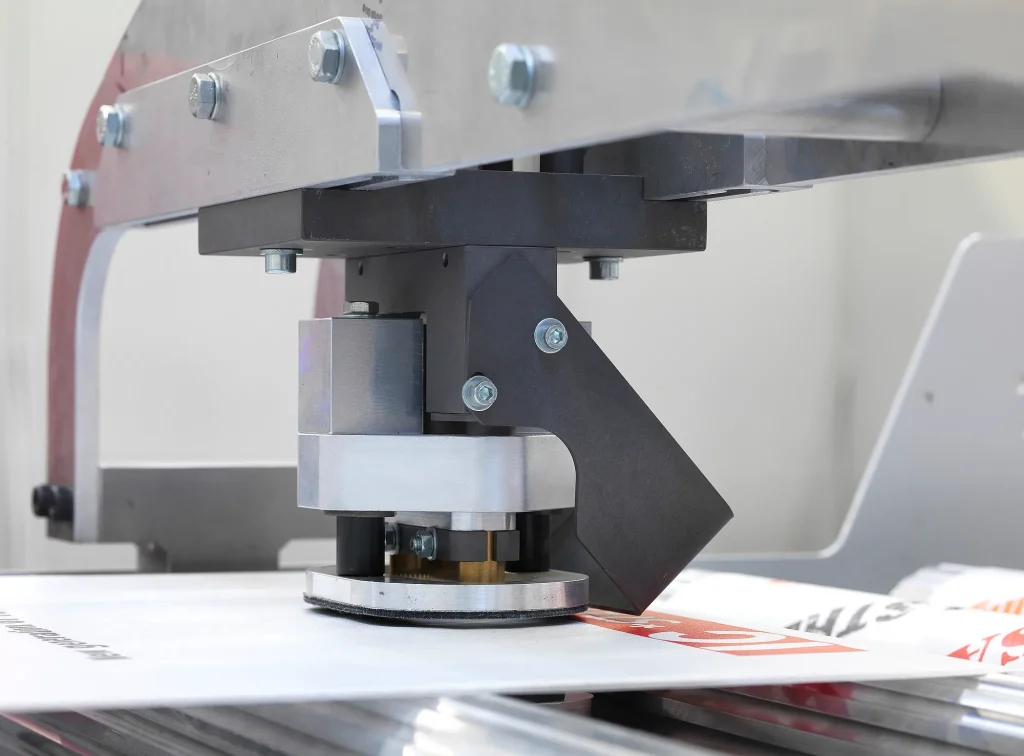
Opening Dialogue: Addressing Client Priorities
Client: “We need packaging that ensures product integrity during long-haul transportation while maximizing container efficiency. How do your PE-lined woven bags achieve this?”
VidePak: “Woven bags with PE liners combine puncture-resistant polypropylene (PP) fabrics with moisture-blocking polyethylene (PE) layers, offering 360° protection. At VidePak, we enhance logistics efficiency using 200-ton hydraulic balers—increasing container capacity by 25%—and palletized wrapping systems to eliminate transit damage. Our 30+ years of expertise ensure your goods arrive intact, every time.”
1. The Structural Superiority of PE-Lined Woven Bags
PE-lined woven bags are engineered for industries requiring stringent moisture and contamination control, such as chemicals, fertilizers, and food ingredients. The dual-layer design—woven PP exterior + PE film interior—provides:
- Moisture Resistance: ≤3% water vapor transmission rate (WVTR), critical for hygroscopic materials like ammonium nitrate.
- Tensile Strength: 45 MPa load capacity, 30% higher than single-layer woven bags.
- Customizable Seams: Ultrasonic welding eliminates needle holes, preventing micro-leaks in powdered goods.
Case Study: A Chilean fertilizer producer reduced transit losses by 40% after switching to VidePak’s PE-lined bags with reinforced block-bottom seams.
2. Quality Control: Precision from Extrusion to Packaging
2.1 Material Selection and Extrusion
VidePak uses virgin PP pellets (MFI 4–8 g/10min) for consistent filament quality. Our 16 extrusion lines operate at 220°C±2°C, ensuring:
- Filament Uniformity: 1.8–2.3 mm diameter with ≤0.05 mm tolerance, minimizing weak points.
- Additive Integration: UV stabilizers and anti-static agents are blended pre-extrusion, enhancing outdoor durability by 50%.
2.2 Weaving and Lamination
Starlinger circular looms produce 12×12 strands/inch² fabric, laminated with 80–120 micron PE film using:
- Adhesive Bonding: FDA-compliant polyurethane adhesives achieve peel strength ≥8 N/cm (tested per ASTM D903).
- Defect Detection: AI-powered cameras scan for pinholes or uneven lamination at 30 m/min.
2.3 Packaging Innovations
- 200-Ton Hydraulic Balers: Compress bags into 1.2 m³ bales, optimizing 40-foot container loads to 28,000 bags (vs. 22,000 with manual packing).
- Palletized Wrapping: Stretch film + corner guards reduce transit abrasion by 90%.
3. Durability Testing and Compliance
VidePak’s PE-lined bags exceed global standards through rigorous protocols:
| Test | Standard | VidePak Performance |
|---|---|---|
| Tensile Strength | ASTM D5034 | 45 MPa (PP) / 20 MPa (PE) |
| Seam Strength | ISO 13935-2 | 700 N/5cm |
| Moisture Permeability | ASTM E96 | 2.8 g/m²/day at 38°C, 90% RH |
| Cold Crack Resistance | ASTM D1790 | No fractures at -25°C |
Certifications: ISO 9001, BRCGS, FDA 21 CFR, EU REACH.
4. Sustainability: Aligning with Circular Economy Goals
- Recyclability: 98% PP/PE separation rate via VidePak’s take-back program.
- Solar-Powered Production: 2 MW rooftop system reduces carbon footprint by 1.2 tons per 10,000 bags.
For eco-conscious solutions, explore our sustainable PE-lined bags and advanced defect detection systems.
5. FAQs: Simplifying Procurement Decisions
Q1: What’s the MOQ for custom-printed PE-lined bags?
A: MOQ starts at 20,000 units, with 8-color Pantone matching included.
Q2: How do your bags perform in high-humidity ports like Singapore?
A: Our PE film blocks 97% humidity ingress, validated by 30-day exposure tests at 85% RH.
Q3: Are the adhesives safe for food-grade packaging?
A: Yes, all adhesives comply with FDA 21 CFR §175.105 for indirect food contact.
6. Industry Trends and VidePak’s Leadership
The global flexible packaging market, projected to reach $358 billion by 2028, demands innovations like:
- Smart Liners: RFID-enabled PE films for real-time moisture tracking.
- Bio-Based PE: 30% plant-derived films decomposing in 5 years.
References
- Smithers Pira, Global Flexible Packaging Market Report 2025.
- ASTM International, Standard Test Methods for Tensile Properties.
- VidePak Quality Assurance Manual, 2024.
Contact Us:
Website: www.pp-wovenbags.com
Email: info@pp-wovenbags.com
VidePak – Engineering Resilience, Delivering Trust.